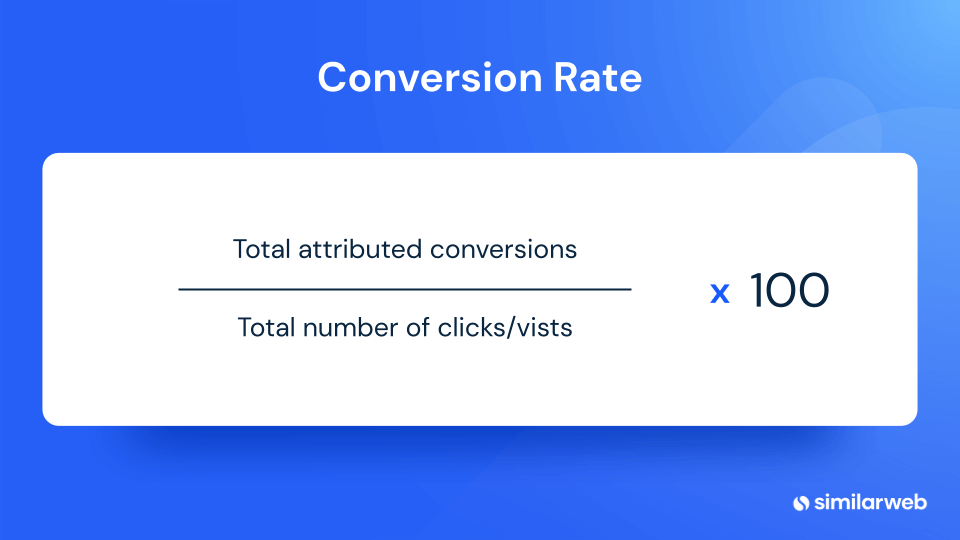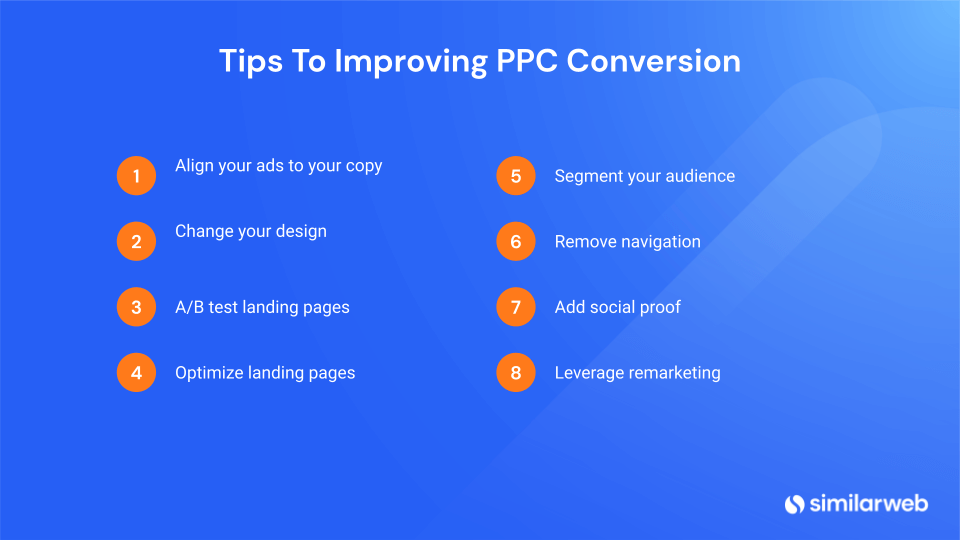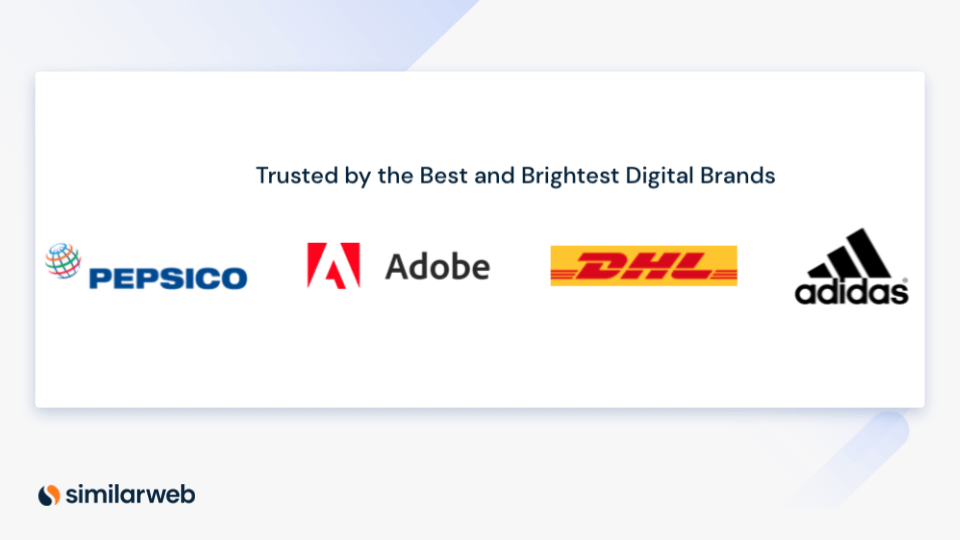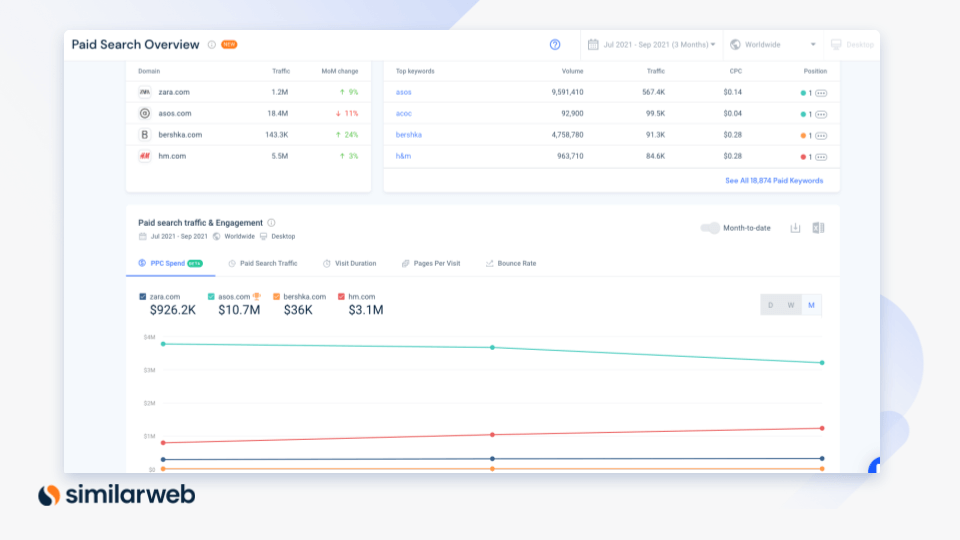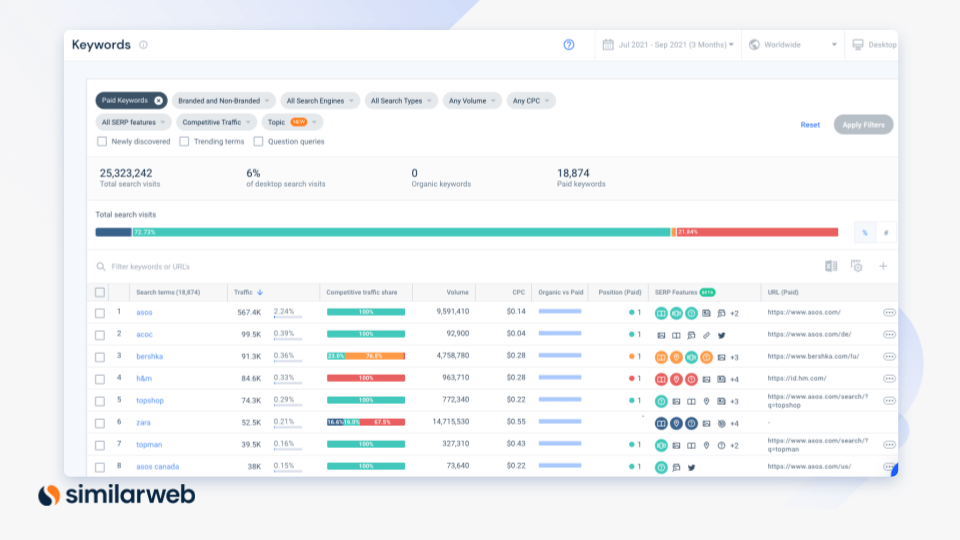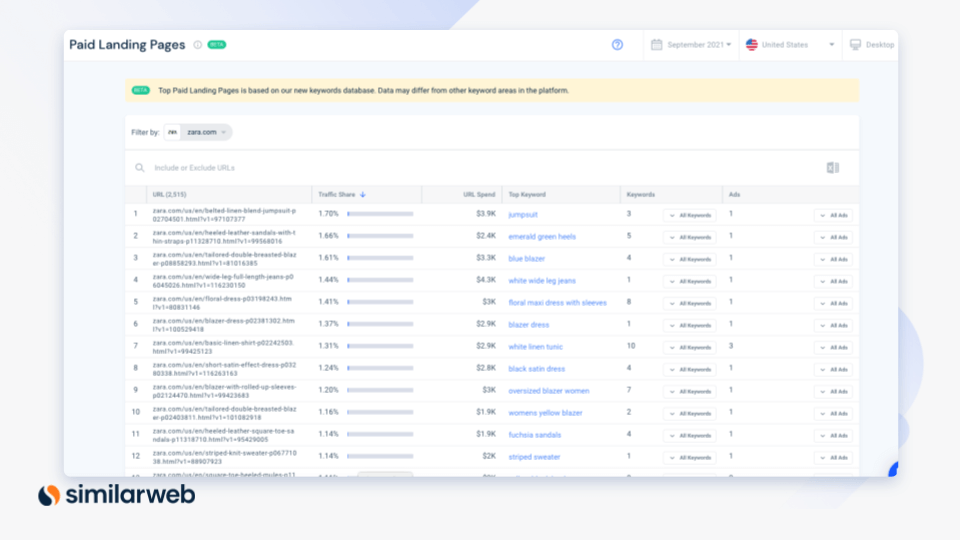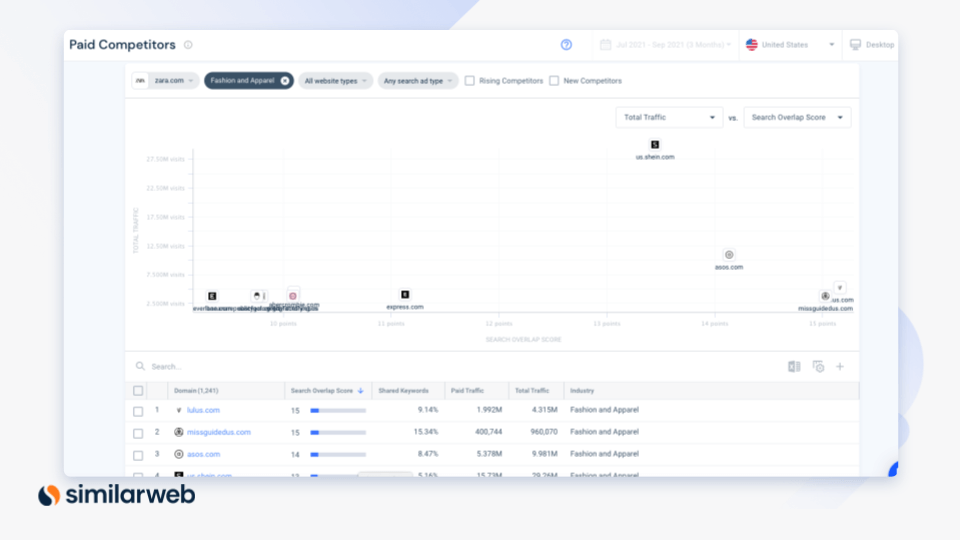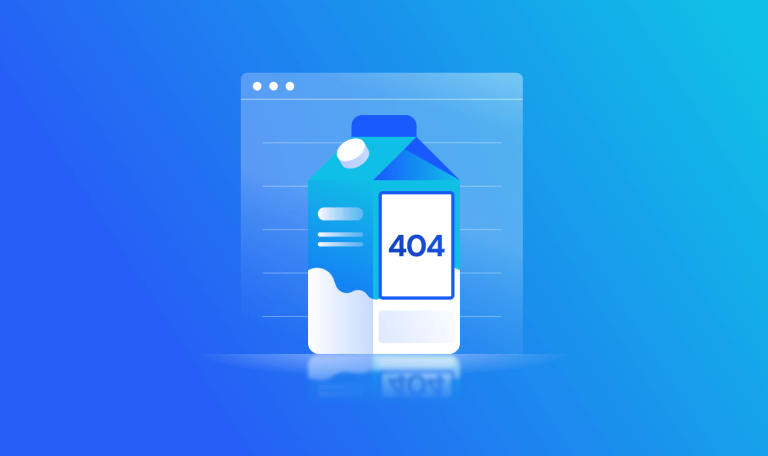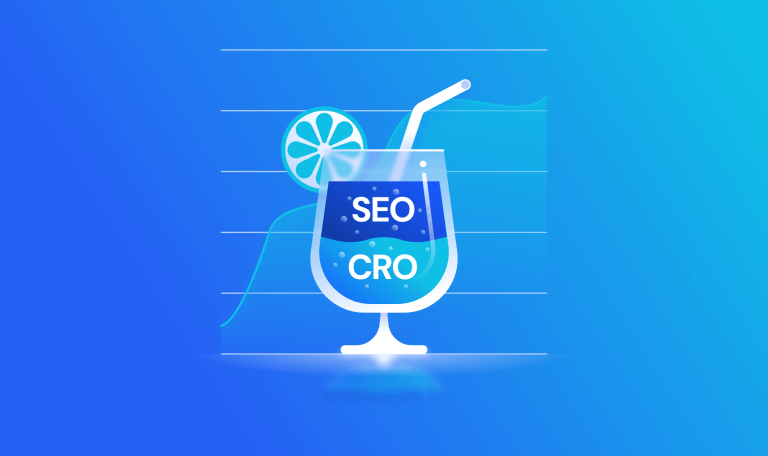What Is a Good PPC Conversion Rate and How to Make Yours Soar

If you’re spending a mountain of money to drive people to landing pages but not turning them into paying customers, what’s the point of advertising?
Well, in a nutshell, every successful pay-per-click (PPC) campaign is built around a solid keyword and landing page strategy. these two elements will help you maximize your PPC conversion rate and win new business.
Sit tight and we’ll discover what a good PPC conversion rate is and how to calculate yours. We’ll also reveal average conversion rates by industry, plus tips and tricks to help you improve yours.
Every successful pay-per-click (PPC) campaign is built around a solid keyword and landing page strategy. Tweet thisWhat’s a good PPC conversion rate?
I wish I could tell you there’s one solid answer, but sadly, there’s not. When it comes to defining a good PPC conversion rate, answers differ, but the average (in AdWords and across all industries) is considered to be 3.75% for search.
While average PPC conversion rates fluctuate each year, there are ways to perk up the percentage of website visitors who convert on your landing pages.
Don’t be shy. Look at competing landing pages and offers, and use advanced analytics to uncover what’s working well (or not so well) for others in your industry. It’s also worth experimenting with new techniques and practices, like adding videos to your landing page to engage visitors from the moment they arrive.
What are PPC CVR rates by industry?
As mentioned, PPC conversion rates wax, wane, and vary from industry to industry. But if you’re looking for benchmarks for each industry as of 2021, the table below can help.
How do you calculate your PPC conversion rate?
The easiest way to calculate your PPC conversion rate is to use the following formula:
For example, if you generate 2000 clicks per month from PPC google ads and 200 of those visitors make a purchase, your PPC conversion rate is 10%. Make sense?
In industries where single deals can potentially bring in tens or hundreds of thousands of dollars, investing a little in PPC can go a long way. Especially if you target the right terms and focus on optimization.
Tips for increasing your PPC CVR
If you have a low PPC conversion rate, don’t worry – there’s plenty you can do to improve it with relevant conversion rate optimization. Below are just a few tips and tricks you can steal to enhance the performance of your landing pages.
- Align your ads to your copy –One of the best ways to improve landing page engagement and subsequent conversions is to align your PPC ads with your landing page copy. As searchers, we expect that the websites (or ads in this case) we click on are related to our initial search query. If someone clicks on your ad and is directed to the wrong page or a page with copy that doesn’t align with what was expected, they’re far less likely to convert. Also, think about the keywords you’re optimizing your landing pages for and associating your ads with: do they align with what you’re offering and the content you’re putting on the landing page? Consider the search terms you are targeting with your PPC ad and align your search ad accordingly.
- Change your design – Switch things up by changing the design of your landing page to be more inclusive and to improve user experience. There’s no set rule as to what your landing page should look like, so you should experiment with different modules, colors, and formats to find a template that works well for your PPC campaign landing pages.
- A/B test landing pages – This is one of the most cost and time-effective strategies as it delivers maximum return with minimal effort. With A/B testing, you design two variants of your PPC campaign landing pages and monitor them to see which one performs best. You can then cross-analyze elements of your landing pages, including headlines, keywords, positioning of text, time on page, etc, and use that information to build the best version of your landing pages.
- Optimize landing pages – As mentioned, you’ll want to optimize your landing pages for the right keyword terms, e.g. those directly related to your PPC ads and what you have on offer. Ensuring a link between your ad campaigns, ad copy, and landing page keywords will maximize your chances of driving conversions, as well as ensure that your content appeals to page visitors.
- Refine and/or segment your audience targeting – To get the most out of your PPC campaigns you have to revise your ad groups segmentation and audience targeting. In most cases, it’s unlikely that you’ll get a perfect audience segment the first time around. You’ll have to experiment and do a bit of market research (e.g. look at what your competitors are doing or carry out market research to refine your personas) to hit the mark. Consider reffing your segments and targeting every quarter to ensure you’re not missing out on new opportunities.
- Remove navigation – Landing page best practices dictate that navigational elements should be removed. The idea of a landing page is to drive conversions, and this is especially important with PPC campaigns. As you’re spending money to drive people to a landing page (and ideally, the page should be for a bottom-of-the-funnel offer), you want visitors to focus on converting. Remove the navigation menu, footer elements, and social icons (unless you want them to share the landing page).
- Add social proof – Sprinkling in quotations, statistics, testimonials, and other elements of social proof can boost authenticity and increase the likelihood of a visitor converting. For example, let’s say you’re in the software space and your solution is used by the vast majority of Fortune 100 companies. In this case, a statistic such as “Used by 75% of Fortune 100 companies” is incredibly compelling and goes a long way to establish how great your offering is. You can also add quotes or excerpts from customer reviews to increase conversion chances.
- Leverage remarketing – If the target audience fails to convert, but you know they’ve lingered on your landing page for some time, consider setting up a remarketing campaign to remind them of your landing page offer while they visit other websites on the Google Display Network.
Tools to improve your PPC conversion rate
With Similarweb Digital Marketing Intelligence, you can discover your closest PPC competitors on search engines like Google within moments.
The Paid Search Overview page gives you visibility of your performance versus up to four competitors across total paid search traffic, top paid keywords with key corresponding metrics such as volume, traffic, CPC, and position.
But it’s the paid search engagement insights that really reveal the special sauce. These insights allow you to analyze your chosen competitors’ estimated PPC spend over time alongside the monthly trend in traffic volume, visit duration, pages per visit, and bounce rate.
Once you know exactly when and how much a competitor invested in PPC activities and what the potential ROI was for them over that time period, you’ll be able to better position yourself for differentiation opportunities and hook keywords they’ve let pass by.
Or you can double-down on existing keywords to defend or steal traffic share and supplement your landing pages with additional terms – whatever floats your boat.
OK, time to dive even deeper. With the Paid Landing Pages capability in Paid Search, you have comprehensive breakdowns of traffic share, including:
- URL spend (how much your competitors spend for a specific URL)
- The top keywords their landing pages rank for
- The total number of keyword-driving traffic to those pages (with the ability to drill down into those keywords),
- The search and product ads are being used as a part of that landing page campaign.
This gives you a complete, end-to-end view of your competitors’ PPC landing page performance.
For an industry-wide overview, you can use Paid Competitors under Paid Search to see the total amount of traffic being driven to your competitors, along with the Search Overlap, or where you share keyword positions with your competitors.
This is just a glimpse into the capabilities offered by Similarweb Digital Marketing Intelligence. If you truly want to improve your PPC advertising strategy and drive more traffic to your campaign landing pages, following the tips in this guide is the first step. The second?
Consider pairing up with a robust and powerful marketing intelligence solution like Similarweb to uncover your competitors’ secrets.
If you want to see the platform in action, book a demo using the button below.
The #1 PPC tool - get started
Give it a try or talk to our marketing team — don’t worry, it’s free!
